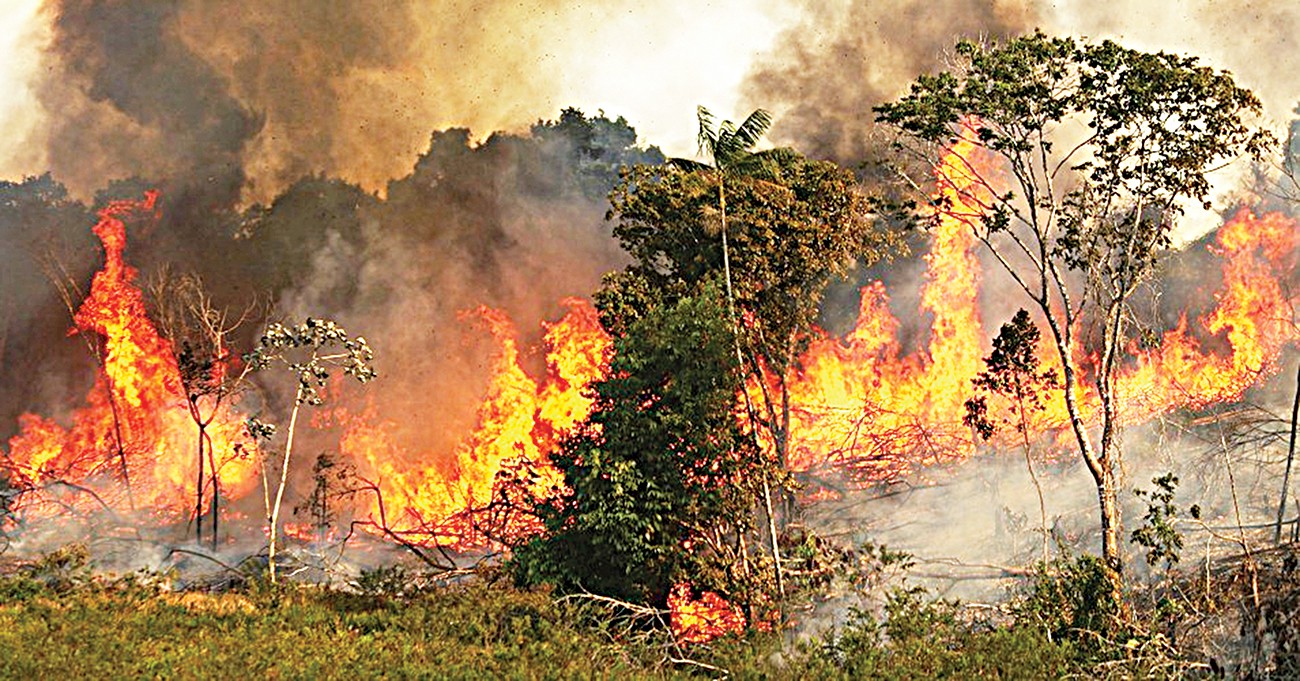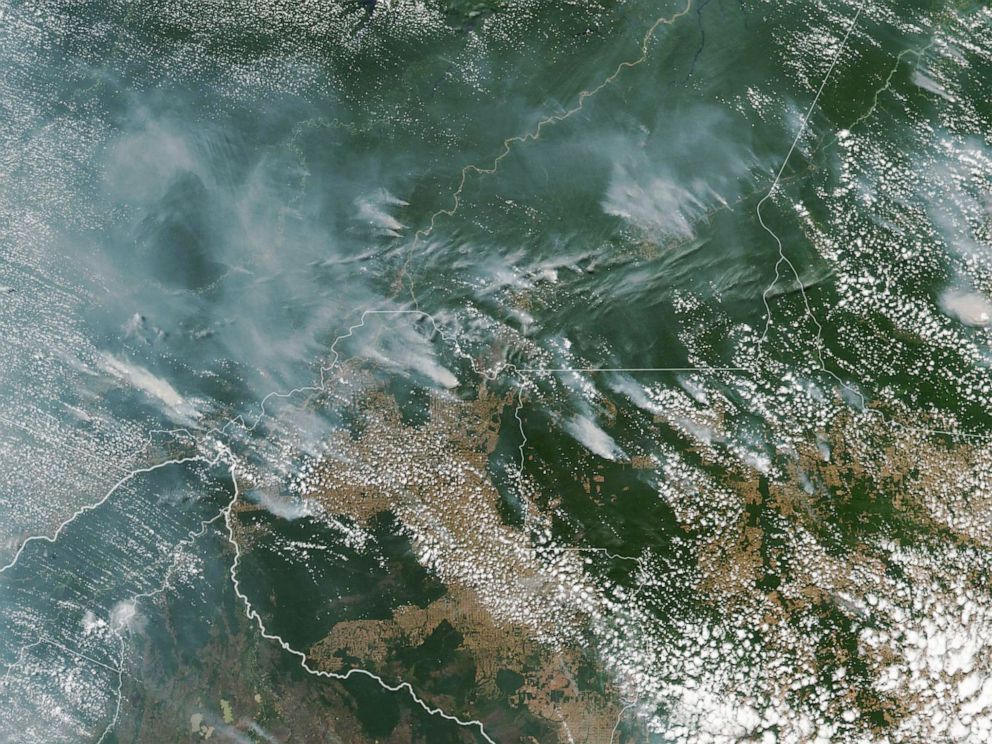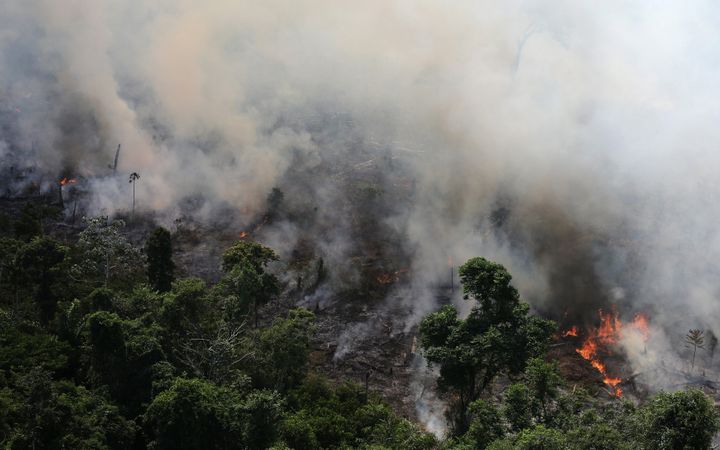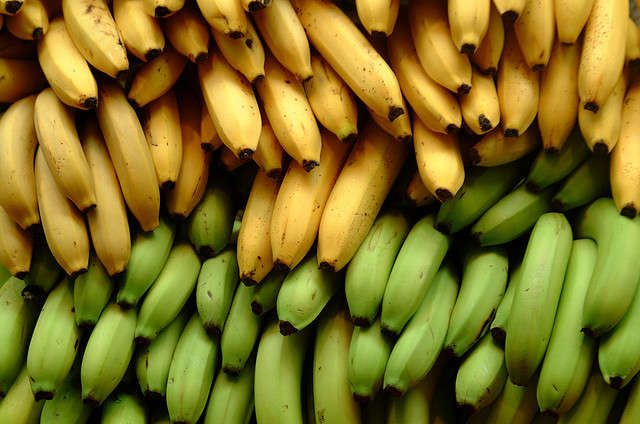This Could be the End of the Amazon Rainforest
 Thirsty for JUICE content? Quench your cravings on our Instagram, TikTok and WhatsApp
Thirsty for JUICE content? Quench your cravings on our Instagram, TikTok and WhatsApp

The skies went dark, smoke and fire raged and the chaos could even be seen in space, but even in today’s social media age, the catastrophe went largely unnoticed. Brazil’s Amazon rainforest is burning at a record rate and scientists warned that this could be a striking blow against the climate change battle.
According to Science Alert, this year, scientists have recorded more than 74,000 fires in Brazil – double 2018’s total of 40,000 fires. Brazil’s National Institute for Space Research reported this surge marked an 83% increase of wildfires in the same period of 2018. Often referred to as the planet’s lungs, Amazon rainforests produce 20% of the world’s oxygen.
Researchers began tracking the forest fires in the Amazon since 2013, but 2019 marks the highest number of fires recorded in a single year. As reported by Business Insider, INPE satellite images spotted 9,507 new forest fires, mostly occurring in the Amazon Basin which is home to the world’s largest tropical forest that’s vital in fighting climate change.

The Amazon dry season usually occurs in July to October. During dry season, blazes can spark from natural resources like lightning strikes, but human actions like farming, mining or drilling for development is unnatural and could cause major catastrophe to the rainforest and its megafauna, scientists say.
The fires that are raging in the Amazon now have widespread effects on all of Brazil. The smoke from the blazes spread from the states of Amazonas to nearby states of Pará and Mato Grasso, even blotted out the sun in São Paolo, a city more than 3,200 kilometres away.

Mass deforestation is also contributing to the disaster. According to The Intercept, roughly 20% of the Amazon which is about 300,000sq miles has been cut down in Brazil in the past 50 years. If another 20% of the Amazon were to disappear, it could trigger a feedback loop known as dieback – where the forest dries out and burns.
Once this dieback starts, the forest would be “beyond reach of any subsequent human intervention or regret” and this would cause the once lush rainforest to become a savannah-like landscape.
Many indigenous tribes live in the Rainforest, for generations, alongside the rich and exotic flora and fauna. If the fires continue, it would not only affect the people and lead to end of the Amazon, but trigger a process that would also cause up to 140 billion tonnes of stored carbon to be released into the atmosphere, causing a rapid shift in global temperatures.
For more news, click here.


 Get Audio+
Get Audio+ Hot FM
Hot FM Kool 101
Kool 101 Eight FM
Eight FM Fly FM
Fly FM Molek FM
Molek FM
